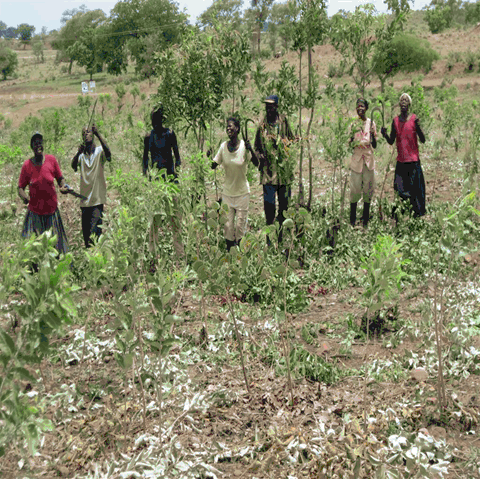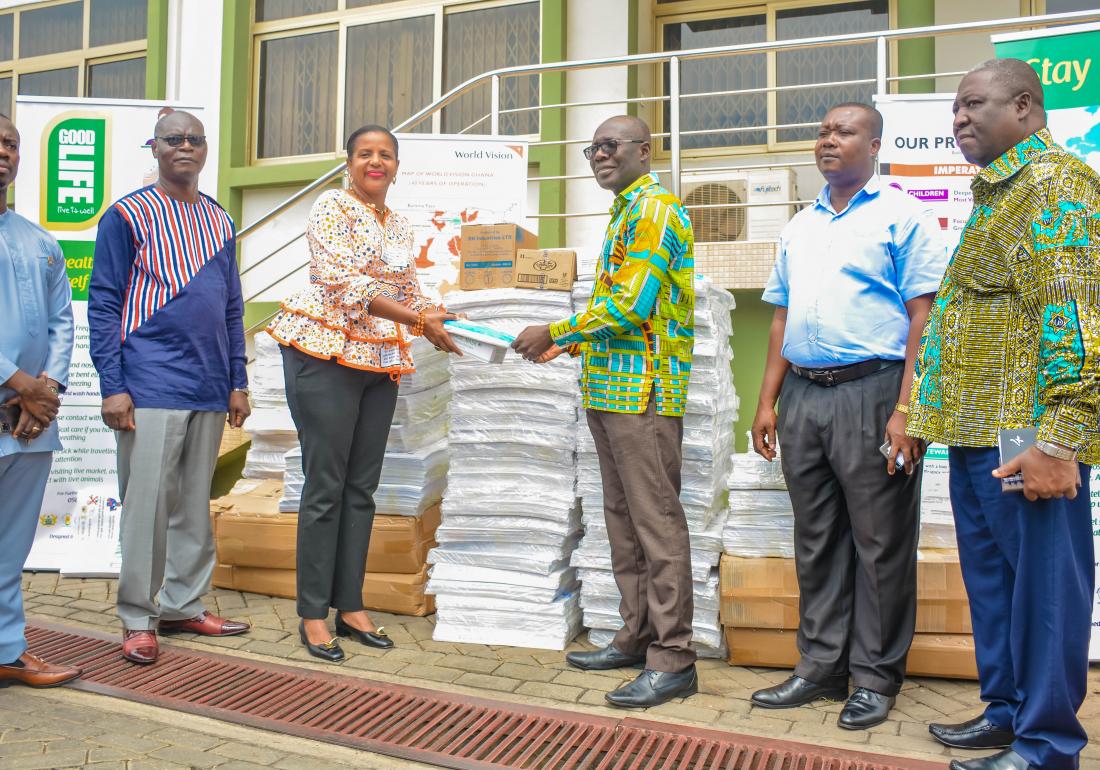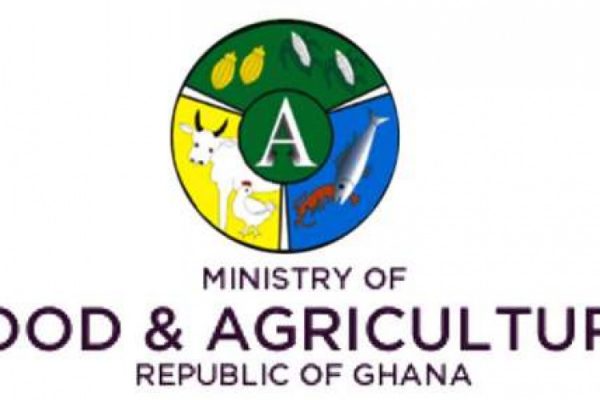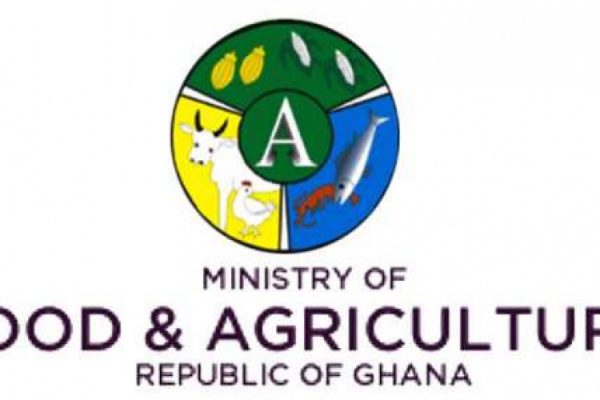Farmer Managed Natural Regeneration (FMNR)
This project led by "World Vision International Ghana" aims to improve household food security and resilience especially the most vulnerable and their families in Talensi District.
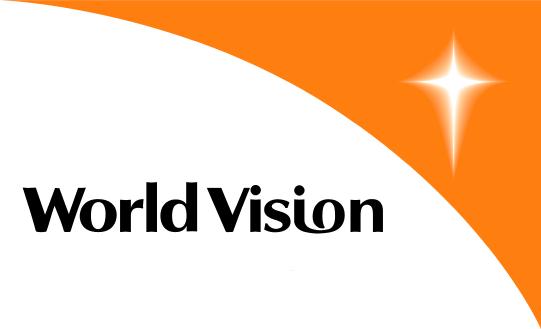
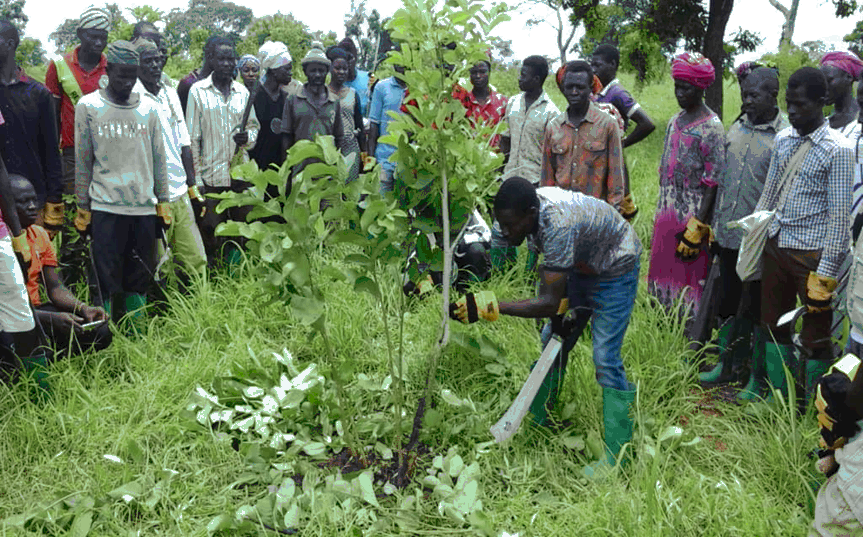
Overview of the project
World Vision Farmer Managed Natural Regeneration (FMNR) Approach and its contribution to improve agriculture, food and restoration in Africa
Over the last decade, rate of depletion of natural resources and the extent of degradation has become a global environmental and developmental concern for all stakeholders. The destruction of forest tree resources is one key influential causal factor of climate chance. Huge tracks of farm lands, grazing lands and forests have become degraded resulting in reduction in annual rainfall volumes and its consequential effect on food shortages to meet food needs of rapid increasing population. Besides, the phenomenon has led to soil infertility, loss of biodiversity, erosion and the soils’s inability to sustain life on land as stated in Sustainable Development Goals (SDGs) Goal 15- (Life on Land).
Farmer Managed Natural Regeneration (FMNR) Approach can contribute to improved agriculture, food security and restoration in Africa : farmer managed natural regeneration (FMNR) among farmers in Ghana but other evidences from World Vision Niger/ Mali/ Burkina Faso/ Ethiopia/ Malawi over the years, demonstrate the critical role of trees on farmland in regenerating the soil, contributing to food and nutritional security of households through the supply of fruits, nuts and vegetables, wood for fuelwood and construction, fodder and stabilizing crop yields and improving food security in the face of climate change. FMNR approaches are now widely practiced as either self-initiatives or NGOs and government initiatives.
The goal of the FMNR project is improved household food security and resilience especially the most vulnerable and their families in Talensi District
Ongoing research
10/10/2009 - 9/13/2017
The Contribution of the Talensi FMNR II in :
– Improving Soil Fertility : a considerable proportion of farmers (80%) believed that soil fertility has been on a decline. Following the high rate of adoption of soil improvement practices introduced by the project, many lead and neigbouring farmers (a little over 60%) have observed that the quality of their soils is increased
– Improving Water Availability : households were asked to indicate whether or not water availability is increasing or decreasing over the past 10 years. The results suggest a marginal increase pertaining to householders’ observation about water availability. Overall very few householders indicated increased water availability (a difference of 1% over the baseline).
– Improving Food Availability : there was an increase in the production of all the other crops (rice, maize and leguminous crops). The project provided improved maize seeds to selected farmers and this could have contributed to an increase of maize production (a percentage difference of almost 10% over the baseline).
– Reducing Household Hunger: although the majority of households (at baseline and evaluation) reported difficulties in providing enough food for the family, there has been a reduction since the FMNR initiative started
– Improving Sources of Income: the results of the household survey showed that most of the farmers (close to 70%) were engaged in livestock rearing as secondary source of income. The other secondary occupations engaged by crop farmers were artisanal work (10%), petty trading (8%) and pito brewing (2%). In the event of poor farming season, farmers can be assured of proceeds from secondary income sources.
– Improving Household Diet Diversity Score: the proportion of households in the respective categories (high diversity, medium diversity or low diversity) is depicted. Whereas the percentage of households within the low diet diversity had overall reduced, there has been an increase of households with high diet diversity among both lead and neighbouring farmer households compared to the baseline. This suggests that since the project started, there has been improvement in household diet diversity score.
– Improving Forest Tree Resources: there has been 20 percentage point increase over the baseline values, it is clear that the Talensi FMNR II has made quite a substantial contribution to the efforts of GOG, NGOs and other private initiatives at boosting forest tree resources in the area.
Partnering
Besides building local ownership of the FMNR initiative, it was also found that the project made good effort at building partnership with decentralized departments and other NGOs. Specifically, decentralized departments legally mandated with the responsibility of environmental management in the Talensi District were involved in the project implementation. The District Directorate of Agriculture (under the Ministry of Food and Agriculture) led the training of communities and practical demonstrations pertaining to good agronomic and FMNR practices, the Forestry Research Institute (under the Council for Scientific and Industrial Research) led the establishment of fields for the trial of Austrian edible acacia, the District Fire Office (under the Ghana National Fire Service) led the training of fire volunteer groups on fire prevention and firefighting, the Business Advisory Center (under the National Board for Small Scale Industries) led the training on diversifying livelihood and setting up savings groups and the National Disaster Management Organization was involved in selecting the project beneficiary communities. The NGOs partnered in the implementation of project activities included CODAC which facilitated the formulation of by-laws regulating the “Tintuug Legbe Tii” sites, the Farmer Training Centre which exposed farmers to improved farming practices and last but not least MONAR which facilitated the establishment of Environmental Kids’ Clubs in basic schools. These clearly show that the project has forged strong partnership with local institutions and by so doing exposed the public officials and community development workers to the advantages of the FMNR initiative over the traditional approach of tree planting. This strategy of partnering with both public local institutions and NGOs is a good sign of the sustainability of the FMNR initiative. Given that the project has also offered hands-on training and exposure to public officials and private organizations, it is expected that they would lead the efforts at extending the FMNR initiative to other areas in the District
The first phase of the project was funded by World Vision Australia (WVA) and the second phase by Computer Share Australia
organisation
World Vision International Ghana (WVG) is an International Child Centered, Christian, Relief, Advocacy and Development NGOs in Ghana that focuses on child well. WVG Started working in Ghana since 1979 pursuing integrated community development interventions to alleviate the needs of vulnerable children through a community development project model that targeted deprived communities. WVG currently implements interventions in the area of; Food Security and Resilience, WASH, Education , Health/Nutrition projects and Child Protection and Advocacy as a cutting theme focusing on transformational development, humanitarian and emergency and initiatives in vulnerable communities for efficiency and maximum impact
in collaboration


